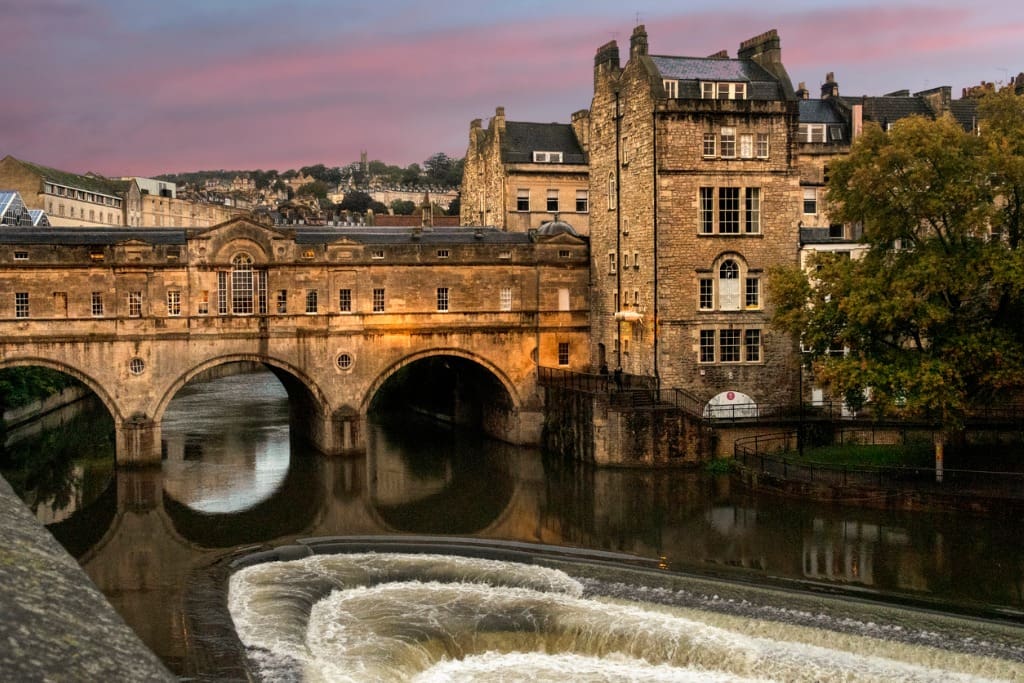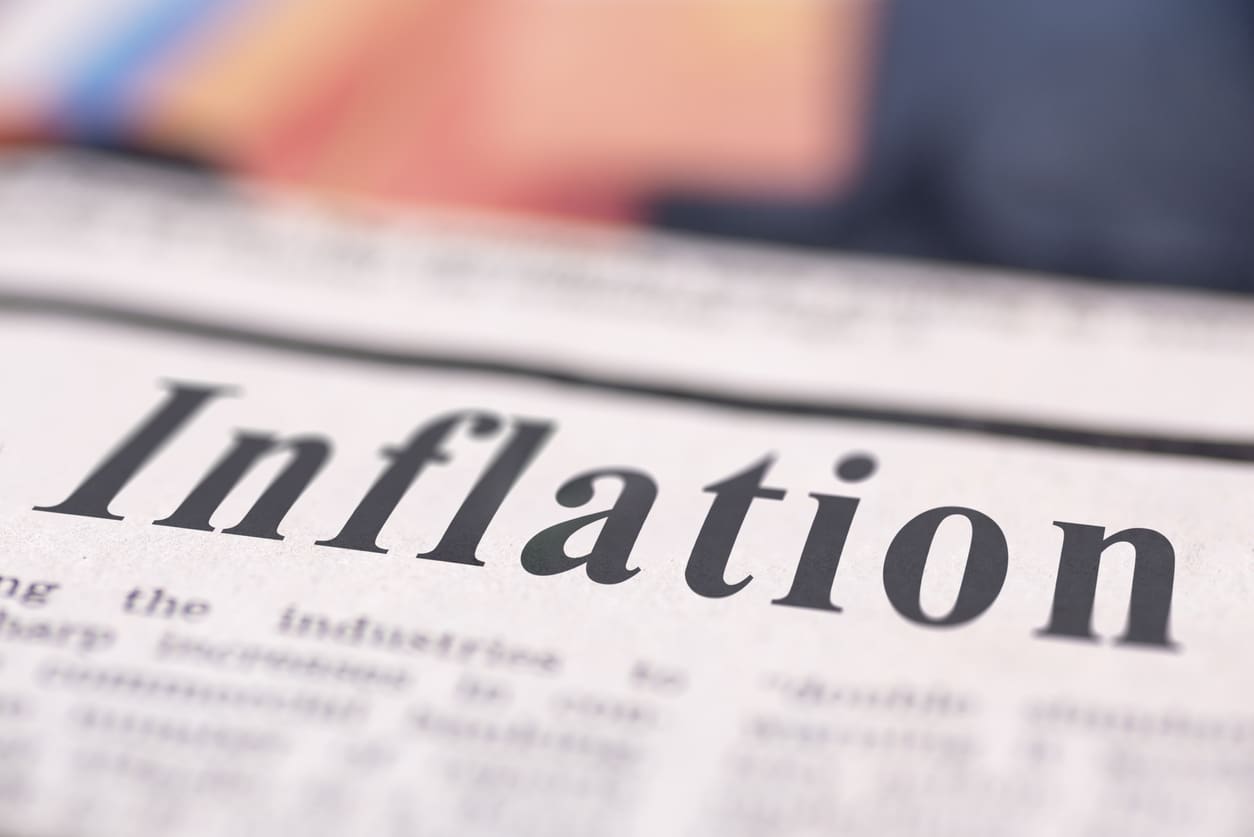When you buy a property in England or Northern Ireland, you’re typically required to Stamp Duty Land Tax (SDLT). For Bath homebuyers, this means you’ll need to take stamp duty into account when you’re budgeting for your next property purchase. However, there are instances in which you can claim stamp duty refunds. By doing so, you can recover the tax you’ve already paid and spend it however you wish.
What is Stamp Duty Land Tax?
Commonly referred to as ‘stamp duty’, this type of tax is applicable to residential property purchases. The amount of tax you’re required to pay depends on the price you paid for your property, but it can range from around 2% – 12% of the property price, depending on a number of factors.
Property buyers, including Bath homebuyers, collectively spend billions on stamp duty every year, but it may be possible for you to claim some of it back.
Is Stamp Duty Refundable?
If you’ve paid stamp duty but you believe you’ve paid too much, you may be eligible to claim an SDLT refund. Currently, there are a number of scenarios which could mean you’re eligible for a stamp duty refund:
- You’ve been assessed as buying a second home when you were purchasing your main home.
- You purchased a property with an annexe.
- You purchased an unhabitable building.
- You purchased a shared-ownership property as a first-time buyer.
- You paid a 3% SDLT surcharge on a multiple dwelling.
Claiming Stamp Duty Refunds if You Were Categorised As a ‘Second Home Buyer’
Firstly, if you own a property and you purchase another home before you sell your existing dwelling, you’ll be charged a higher rate of stamp duty tax. This is because the rate of stamp duty is higher if you’re buying a second home for more than £40,000. Even if you intend to sell your current residence, purchasing another property before the first property is sold pushes into the ‘second home’ category and means you’ll be charged a higher rate of stamp duty.
If this applies to you, you should be able to claim a refund of stamp duty. However, time limits do apply, so don’t wait too long after selling your former home to claim your refund.
Claiming Stamp Duty Refunds If Your Property Has an Annexe
Prior to 2018, properties with an annexe or with a separate, smaller dwelling within the property’s grounds, were charged a stamp duty surcharge because the two structures were counted as separate properties. However, a rule change meant that the property should have been classed as an individual dwelling. As a result, Bath homebuyers who paid a stamp duty surcharge in these circumstances may be eligible to claim a stamp duty refund.
Claiming Stamp Duty Refunds If You Purchased an Uninhabitable Building
Many property buyers were charged stamp duty when purchasing an unhabitable property because they planned to make it habitable with renovations. However, a subsequent court ruling confirmed that homebuyers should not pay a stamp duty surcharge if they purchase an unhabitable property with a view to renovating it and letting it out. This means you could be eligible to claim a landlord’s stamp duty refund.
While a buy-to-let investment does typically mean an SDLT surcharge needs to be paid, you shouldn’t have been charged the surcharge if the property you purchased was unhabitable. If this applies to you, it’s certainly worth considering making a claim for a stamp duty refund for an uninhabitable property.
Claiming Stamp Duty Refunds If You Purchased a Shared Ownership Property As a First-Time Buyer
If you purchased a shared ownership property as a first-time buyer on or after 22nd November 2017, you shouldn’t have been charged stamp duty if the value of the property was £500,000 or less.
Given the buoyant property market in the area and the popularity of the City with first-time buyers, there may be many Bath homeowners who are eligible to claim a stamp duty refund on this basis.
Claiming If You Paid a 3% Surcharge on a Multiple Dwelling
Many people invest in multiple dwellings with a view to renting them out to tenants. If a multiple dwelling consists solely of residential properties, then the SDLT surcharge does apply. However, some multiple dwellings are comprised of commercial and residential properties and these were subject to a 3% surcharge too.
After court action, however, HMRC was forced to concede that buyers of multiple dwellings that consist of residential and other types of properties could have reduced their stamp duty surcharge to just 1%. As a result, you could be eligible to claim a stamp duty surcharge refund if you overpaid in these circumstances.
What Is the SDLT Refund Process?
To make a claim for a stamp duty refund, you’ll need to apply to HMRC via the post or online. Although you can do this yourself, you can also retain a solicitor to act on your behalf. You’ll need to provide your details, information pertaining to the relevant properties and the amount of tax you’re claiming back, as well as your bank details so that a refund can be processed.
How Long Does a Refund Take?
One of the most common questions regarding SDLT refunds is, how long does it take to get a stamp duty refund? Fortunately, you shouldn’t have to wait too long for your SDLT refund to be processed. In fact, your claim for a stamp duty refund should be processed within 15 days, although it may take a little longer for the funds to be visible in your account.
If you apply for a stamp duty refund and your claim isn’t processed within 15 days, you may be able to claim interest on the funds for the extra time it takes for the refund to be issued.
Stamp Duty Refund: How Long Have You Got?
Although most landlords and homeowners want to know ‘how long does a stamp duty refund take’, you’ll also need to consider whether your claim is subject to any time limits. If so, waiting too long to apply could mean that you’re ineligible for a refund. The time limits for an SDLT refund can vary depending on why you’re claiming the tax back. Due to this, it’s important to find out what time limits apply to your specific claim and request a stamp duty refund within this timeframe.
Find Out If You’re Eligible for Stamp Duty Refunds
Most stamp duty refunds occur because a property has been incorrectly categorised at the time of the purchase, which leads to a surcharge being wrongly applied. However, subsequent changes to the law, along with a retrospective application, also mean that Bath homebuyers may be eligible to claim stamp duty refunds.
Due to this, it’s well worth finding out if you’re eligible to claim stamp duty refunds and, if so, how long does it take HMRC to refund stamp duty, as well as how much you could be owed. By doing so, you could claim back a significant amount of the funds you originally paid to HMRC in the form of Stamp Duty Land Tax.
Read more important advice on our blog The Knowledge.


